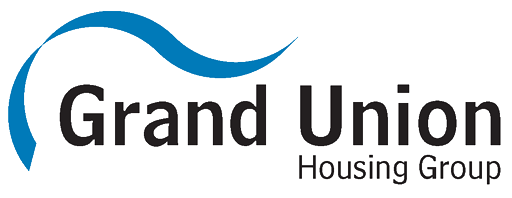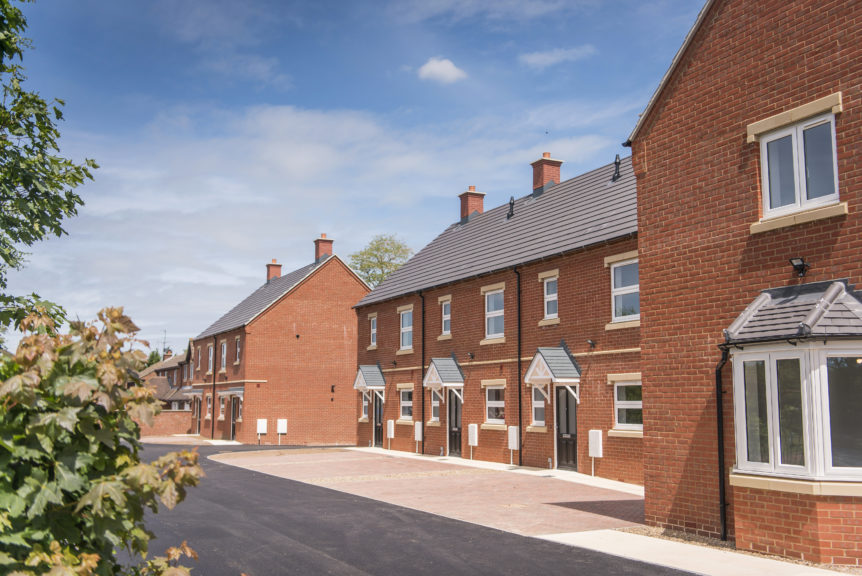By Dave Lakin, Director of Development & Commercial
In the past few months, we’ve started to see the impact the coronavirus pandemic has had on our economy. One of the key areas that can help it recover is housing, which is why we’re backing the National Housing Federation’s campaign, #HomesAtTheHeart, that’s calling for social housing to be at the heart of the country’s recovery.
The NHF has reported that, during lockdown, poor housing has had a real detrimental effect on people’s lives, with nearly a third of British adults having mental or physical health problems due to their housing situation, 11% of adults feeling depressed due to a lack of space in their home and 30,000 people spending lockdown in just one room.
But lockdown aside, the figures are staggering. Around 3.7m people are living in overcrowded homes, more than 60,000 families are living in temporary accommodation, 12% of homes don’t have access to outdoor space (rising to 35% for flats) and more than 2m people live in homes of multiple occupancy, sharing bathrooms and kitchens with complete strangers.
We’re already in a housing crisis, with the NHF estimating that 340,000 homes need to be built every year to meet the ever-increasing need, and the Chartered Institute of Housing believe that at least 90,000 of these need to be a genuinely affordable social rent, to stop the financial drain of temporary accommodation and housing benefit/Universal Credit.
As Grand Union’s Director of Development & Commercial, I believe that everybody should have a safe, secure, comfortable and affordable home, especially in these very uncertain times.
Changes to the planning system which make it more accessible, responsive, swifter, predictable and improves the quality of new homes and communities being created, are really positive. However, it is vital these changes do not have a detrimental effect on the affordable homes delivered under the current Section 106 arrangements.
In the past three years we’ve been doing our bit to help, by building 750 new homes and investing over £100m in our local economy through this work alone. Over 600 of these homes, or 80%, have come through the Section 106 planning system.
“Planning in the future needs to prioritise the delivery of affordable homes, to build what is so urgently required in local communities, now and into the future. Changes cannot be allowed to reduce delivery of truly affordable tenures below what the current Section 106 system delivers.”
We’ve also just secured funding to build 1,900 homes across Bedfordshire, Buckinghamshire, Northamptonshire and Hertfordshire, with 650 of those being delivered in the next two years. These will include social and affordable rent as well as shared ownership, to help those who want to get on the property ladder, and supported housing for those who need a little bit more help.
We’re also being creative and reinvesting market sale revenue into affordable housing. We’ve already used the profits from the sales of our first 10 market sale homes in Oakley, Bedfordshire, to fund 10 more homes for shared ownership or affordable rent, including several social rent homes on the site.
With Grand Union being based in Milton Keynes, we fall into the region of the Oxford-Cambridge arc, an area seen by the government to have significant economic potential. Research, innovation and technology are already present, but in reality, there is a huge requirement for infrastructure and a sufficient number of new homes.
There has been a call to double the house building rate in the area, to enable one million new homes to be built by 2050. These homes need to be desirable and attractive places for people to live and work, it’s not just about building the homes.
As providers of homes, it’s in our interest to be long term partners that invest in places, meet a range of housing needs and play a leading role in placemaking.
Looking at the bigger picture, in 2018/19, more than a quarter of all new homes were built by housing associations or local authorities, which added £2.7bn to the economy and supported over 48,000 jobs. Day-to-day management of these homes then added £12.7bn to the national economy and supported 210,00 jobs.
It is clear that putting homes at the heart and investing in social housing is what the country needs right now to boost the economy, create jobs and, above all, improve people’s lives. Planning has a critical role to play and changes need to ensure that more affordable housing is built in sustainable communities, not less.



